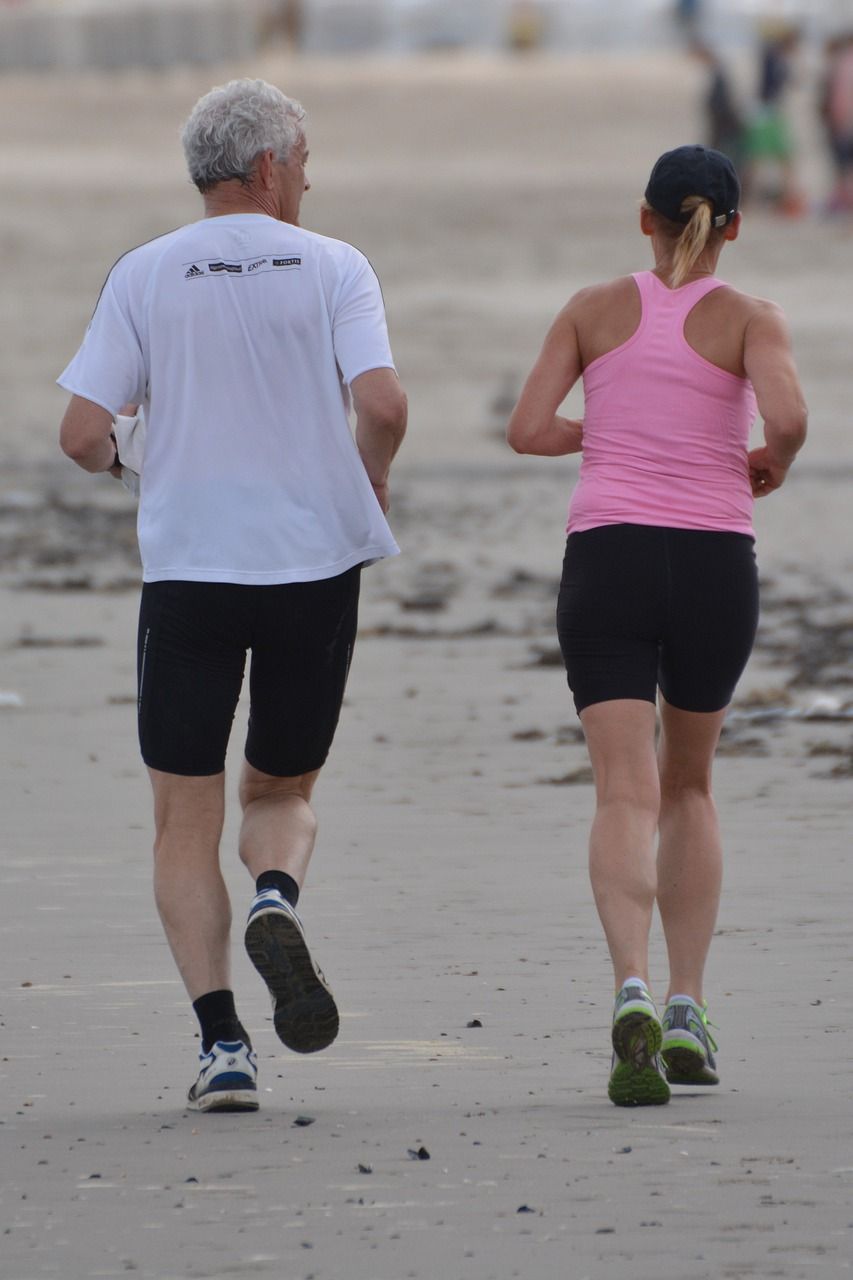Difference between radial and focused shockwave therapy
Radial Pressure Wave (RPW) therapy is the most common shockwave therapy in most musculoskeletal (MSK) clinics. However, Focused Shockwave (FSW) therapy has grown in popularity for multiple reasons, including treatment depth and precision, increased treatment options and enhanced patient comfort for more acute cases.
FSW and RPW are both classed as Extracorporeal Shockwave Therapies (ESWTs) however, they differ significantly. Their mode of generation and physical properties are different; however, the magnitude of their standard parameters and the therapeutic tissue penetration depths they can achieve also differ.
In recent years the use of both types of therapy on a patient has become the gold standard for leading shockwave providers. Using RPW therapy to treat the shallower and superficial and shallower structures and then targeting the injury source with FSW therapy can deliver impressive results and lasting relief to patients.

Radial Pressure Wave (RPW) Therapy (Soft shock)
Radial Pressure Wave (RPW) Therapy (Soft shock)
RPW therapy involves a more extensive treatment area with superficial indications. RPW therapy is characterised by:
- Superficial 3 to 4 cm treatment depth
- Low energy density
- Slow impulse
- Therapy spreads out to treat larger areas
Radial shockwave therapy comprises three components: the ultrasonic pulse, the audio acoustic pulse and the shear wave.
The most energy in a radial pressure wave is its source, and this energy tapers off the more significant the distance it travels. Radial waves are generated via a pneumatic system. A projectile is accelerated to reach a high-speed using compressed air and then decelerated suddenly by a transmitter, which is then held to the treatment area. The kinetic energy generated is then transmitted directly to the tissue. From here, it propagates outwards as a radial wave penetrates the tissue. The transmitter's surface constitutes the highest energy density and pressure.
The deeper they enter the body, the more the radial waves lose power. In treatments where the tissue targeted is superficial, RPW therapy can provide patients with good results. Instances where RPW can be effective include Achilles tendon or plantar fasciitis.
Expertly manufactured radial systems offer an extensive range of transmitters. These include spine and fascia applicators designed to enable local treatments and treatments of broader superficial areas. Additionally, muscle chains can also be treated functionally. Radial pressure waves mobilise the tissue layers to break up trigger points and adhesions. The movement of the tissue layers results in myofascial release, which in fascia therapy is a prerequisite.
What causes trochanteric pain syndrome/hip bursitis?
What causes trochanteric pain syndrome/hip bursitis?
Understanding the biological effects of Radial Pressure Waves (RPW) and Focused Shockwaves (FSW)
Focused shock waves result in the Cavitation Release of NO (nitric oxide), leading to increased cell metabolism, anti-inflammatory effect, neoangiogenesis, and stimulation of growth factors.
However, both radial pressure waves and focused shockwaves can increase cell wall permeability, the stimulation of microcirculation (Lymph, blood), and the release of Substance P, a neurotransmitter that is responsible for the modulation of pain.

Focused shockwave indications
Focused shockwave indications
In some cases, diagnostic imaging is used to localise the precise point of energy concentration in FSW therapy. However, continuous feedback from patients is used during treatment to identify the ‘pain’ area. Focused Shockwave therapy can be used for the treatment of the following but is not limited to:
- Knee and joint arthritis
- Shin splints
- Elite athletes with acute injuries
- Stress and bone fractures
- Tibialis Posterior Tendon Syndrome
- Groin Pain (Osteitis Pubis)
- Haglund’s Deformity
- Insertional Achilles pain
- Medial Tibial Stress Syndrome
- Peroneal Tendon
- Enthesopathy and Tendinopathies
- Urological indications (ED) Erectile Dysfunction, Male Impotence and Chronic Pelvic Pain
- Tibialis posterior ankle sprain
- Bone healing and delayed bone-non unions
- Wound Healing
- Aesthetic and dermatological indications
- Focused Shockwave (FSW) patellar tendinopathy demo
- Access shockwave therapy focused and radial shockwave therapy now
Among the best new and innovative treatments available, it comes an as little surprise that shockwave therapy is an effective option for many. This treatment's significant results and continuing popularity have forced many medical insurance providers to cover ESWT.
Our London Shockwave and Sports Injury Clinic in Wimbledon was one of the first London facilities to offer access to shockwave therapy. As a result, we have the experience and expertise to provide treatment that is second to none providing both RPW and FSW therapies via cutting-edge equipment from BTL.
If you are now seeking a clinic for the management of sports injuries and are interested in undertaking this type of therapy in the capital, get in touch with our dedicated team with any questions or to book an appointment for treatment.
Request a call back to learn more
If you're coping with painful hip bursitis and think shock wave therapy could help, we'd love to help. Request a call back now to find out if this effective treatment could be suitable for you.